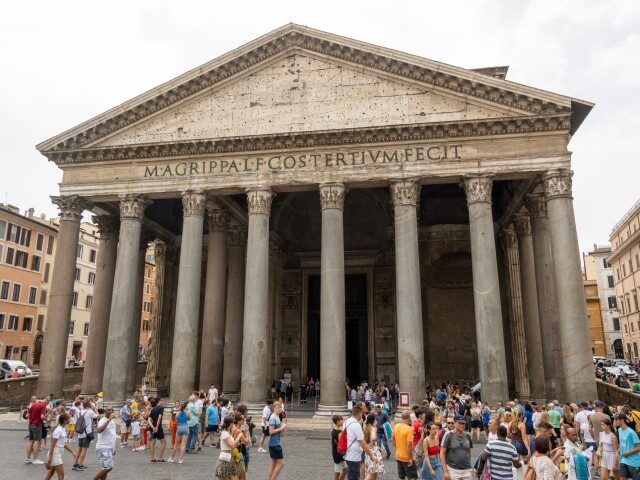The ancient Romans perfected the use of concrete, and researchers believe they have found the ingredient that made it so strong.
Researchers analyzed 2,000-year-old samples from the archeological site of Privernum, in Italy, and say the pieces are apparently similar to concrete found in other areas of the Roman Empire, CNN reported Friday.
“They found that white chunks in the concrete, referred to as lime clasts, gave the concrete the ability to heal cracks that formed over time. The white chunks previously had been overlooked as evidence of sloppy mixing or poor-quality raw material,” the outlet said.
It was hard to believe the Roman engineers did a poor job after carefully choosing processing materials, according to the study’s author Admir Masic, an associate professor of civil and environmental engineering with the Massachusetts Institute of Technology.
The discovery may help in making modern concrete more durable.
Roman architecture continues to influence modern architecture, and “It’s no surprise that a civilization the size of the Roman empire created concepts, styles, and even landmarks that are still standing today,” according to Buildner Architecture Competitions.
One example is the Pantheon in Rome, a building that features a concrete dome.
The Romans did not use steel when making their concrete and “harnessed the power of a few clever structural engineering tricks like the arch and the dome to make sure their concrete was always resisting compression, and never tension,” according to Practical Engineering:
Per the CNN report, ancient texts suggested builders used slaked lime within the binding agent, so scholars assumed that was how the Romans produced their concrete.
However, the report said, “With further study, the researchers concluded that lime clasts arose because of the use of quicklime (calcium oxide) — the most reactive, and dangerous, dry form of limestone — when mixing the concrete, rather than or in addition to slaked lime.”
More analysis found that “hot mixing,” associated with the use of quicklime, helped the concrete became so durable.

COMMENTS
Please let us know if you're having issues with commenting.